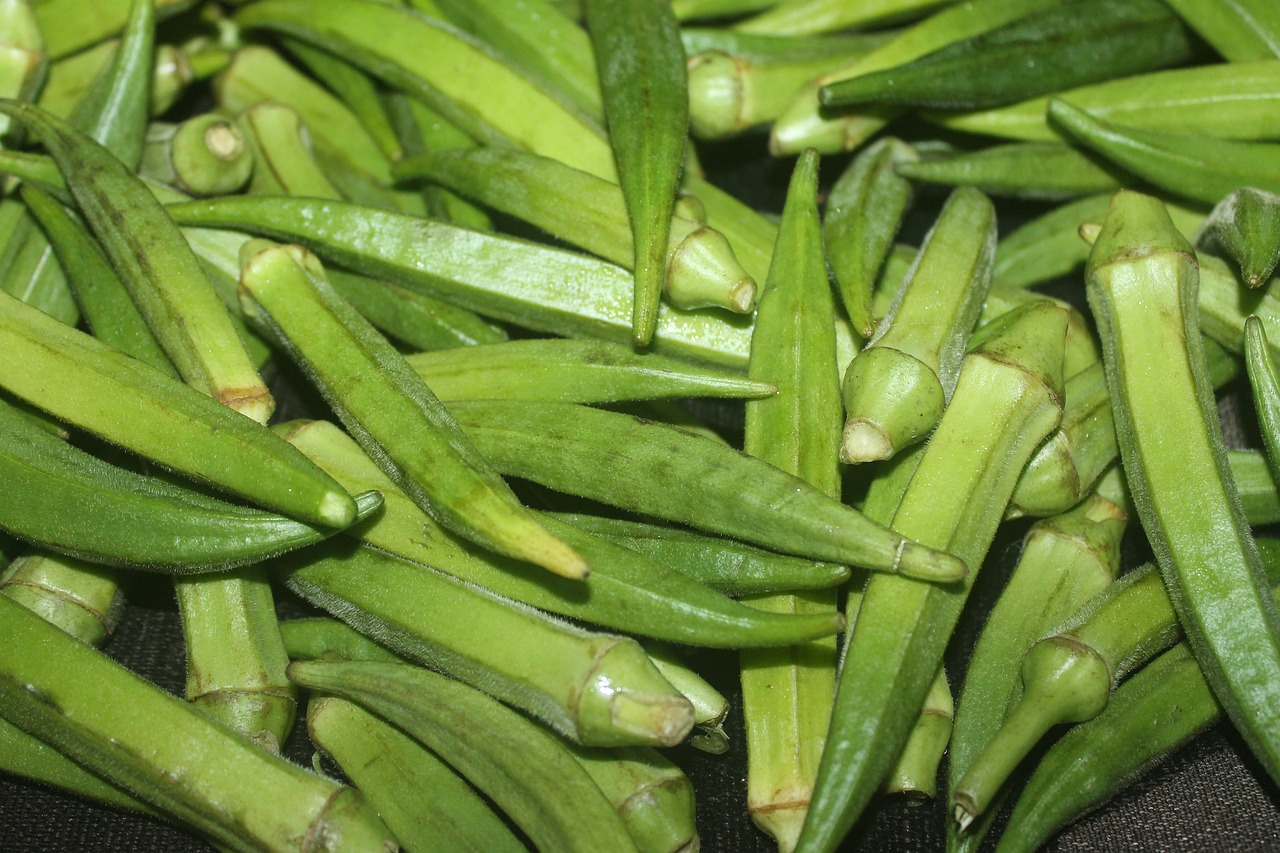Okra, also known as lady’s finger or gumbo, is a versatile and nutritious vegetable commonly used in various cuisines around the world. Typically, it’s enjoyed cooked in dishes like soups, stews, and curries, where its unique flavor and slimy texture add depth and character. However, one question that often arises is whether okra can be eaten raw. Let’s delve into the raw potential of this intriguing vegetable.
Can You Eat Okra Raw?
Yes, you can eat okra raw. When consumed raw, okra offers a crunchy texture with a slightly grassy taste. Some find its raw flavor refreshing and enjoyable, particularly when incorporated into salads or served as a crunchy snack.
Nutritional Benefits:
Raw okra retains its nutritional value, offering a range of health benefits. It is a good source of dietary fiber, vitamins C and K, folate, and various minerals like magnesium and manganese. Additionally, okra contains antioxidants such as flavonoids and polyphenols, which have been linked to reduced inflammation and improved heart health.
Potential Drawbacks:
One aspect of raw okra that may deter some people is its natural sliminess. Okra contains mucilage, a gel-like substance that becomes more pronounced when the vegetable is sliced or chopped. While this sliminess can be off-putting to some, others don’t mind it and even appreciate it for its unique texture.
How to Enjoy Raw Okra:
If you’re keen to try raw okra, there are several ways to incorporate it into your diet:
- Salads: Slice okra thinly and add it to your favorite salads for a crunchy texture and a pop of green color. Pair it with other crisp vegetables like cucumbers, bell peppers, and carrots for a refreshing salad.
- Snacks: Raw okra can be enjoyed as a standalone snack. Simply wash and trim the ends, then slice the okra into bite-sized pieces. Serve it with a dip like hummus or tzatziki for added flavor.
- Pickled Okra: If you’re not a fan of the raw texture, you can try pickling okra. Pickling reduces the sliminess while preserving the vegetable’s crunchiness. Pickled okra makes a tasty addition to charcuterie boards or as a tangy topping for sandwiches.
Safety Considerations:
While raw okra is generally safe to eat, it’s essential to choose fresh, firm okra and wash it thoroughly before consumption to remove any dirt or contaminants. Additionally, individuals with certain medical conditions, such as oxalate kidney stones, may need to moderate their intake of okra due to its oxalate content.
In Conclusion:
Raw okra offers a crunchy, nutritious option for those looking to diversify their vegetable intake. While its slimy texture may not appeal to everyone, it’s worth experimenting with different ways of preparing and enjoying this versatile vegetable. Whether you incorporate it into salads, snacks, or pickled delicacies, raw okra can be a flavorful addition to your culinary repertoire. So, next time you’re at the market, why not grab a few okras and embark on a raw culinary adventure?

